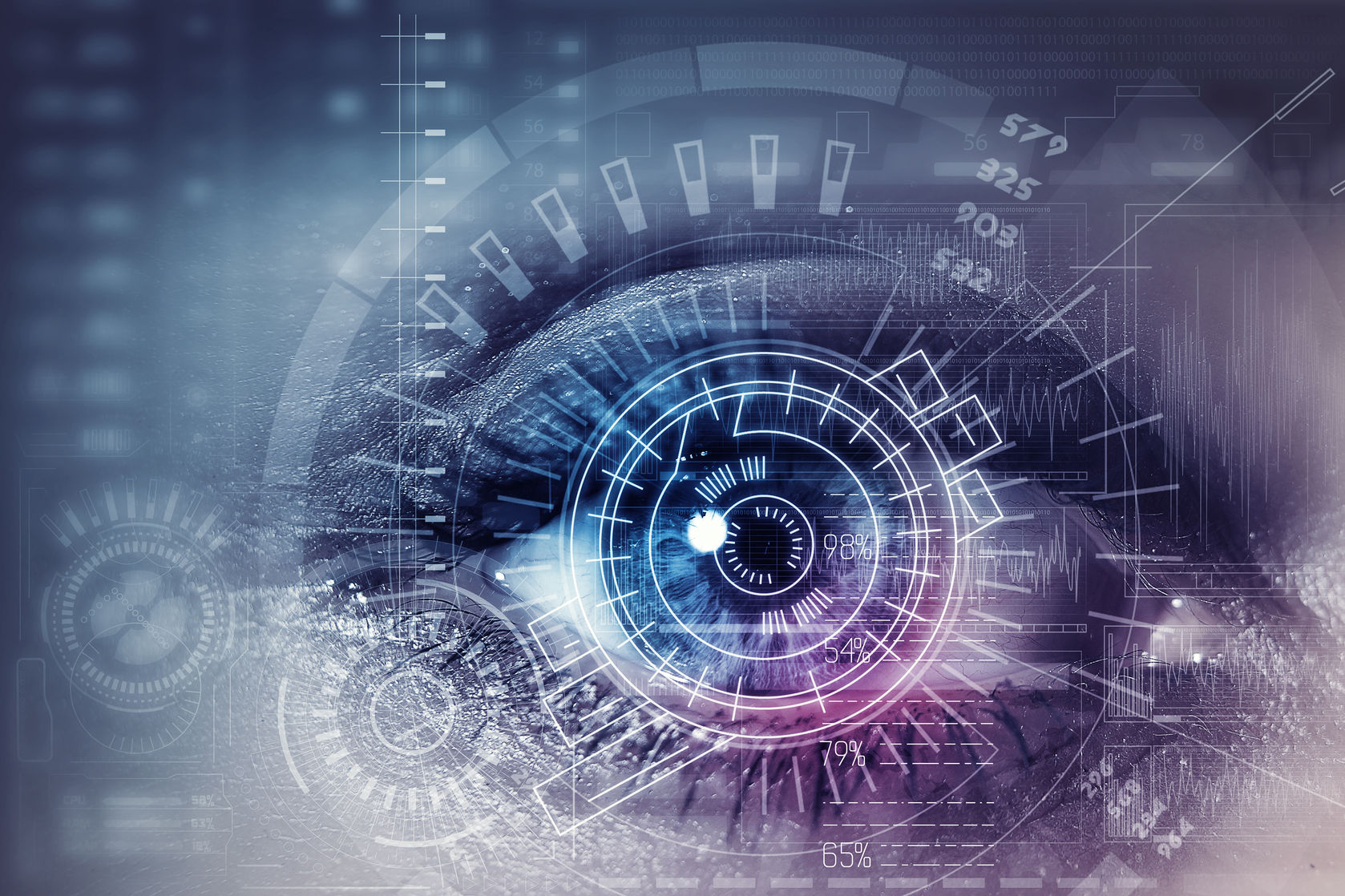One of the most often heard complaints is how virtual reality will affect your vision over time. It is true the hardware used to access VR can be quite harmful on the eyes, although most of the long-term effects are overstated quite a bit. Then again, one should never underestimate what sitting inches from a high-detail screen can do.
What is the Deal With Eye Strain And VR?
There are quite a few different factors about eye strain and virtual reality one needs to take into account. First of all, people are looking at two relatively high-pixel screens from mere inches in distance. That is not a positive feeling for your eyeballs when using a VR headset for multiple hours every day. Moreover, a lot of headsets cause some friction when wearing regular glasses.
However, the effects are not as severe as most people may think. VR headsets can be considered more eye-friendly compared to smartphones in some regards, although that will always be a topic of significant debate. It is a matter we will need to research further as a society before judging a final verdict. Moreover, no two people’s eyes are in exactly the same shape or respond to VR in the same manner. There is no “golden rule” in this regard.
To put this into perspective, VR headsets are not harmless by any means. The luminescence factor emitted by the lenses and screens found in your VR headset will have an impact on your eyes. However, this impact is not necessarily higher compared to walking in a well-lit room or in semi-bright sunlight. Do keep in mind your eyes will be exposed to about 1,000 Lux for the entire duration of using the VR headset, with no way of properly shielding them.
Additionally, the contract emitted by your VR headset plays an important role in determining eyestrain as well. Anything projected against a bright background can do a lot of damage over time. However, VR headsets are designed to let players look around freely, which is less damaging. It also heavily depends on how often you use the VR headset as well, of course.
Perhaps the biggest factor a lot of people often overlook is the distortion factor. A VR headset is limited in form factor, which means some devices may cause more distortion compared to others The human eye is trained to try and correct the distortion at all times, which can cause headaches and long-term eye strain. Solving this problem requires a combination of both better hardware and software. Earlier generations of headsets will be more prone to distortion compared to others.
If you liked this article make sure to follow us on twitter @thevrbase and subscribe to our newsletter to stay up to date with the latest VR trends and news.












